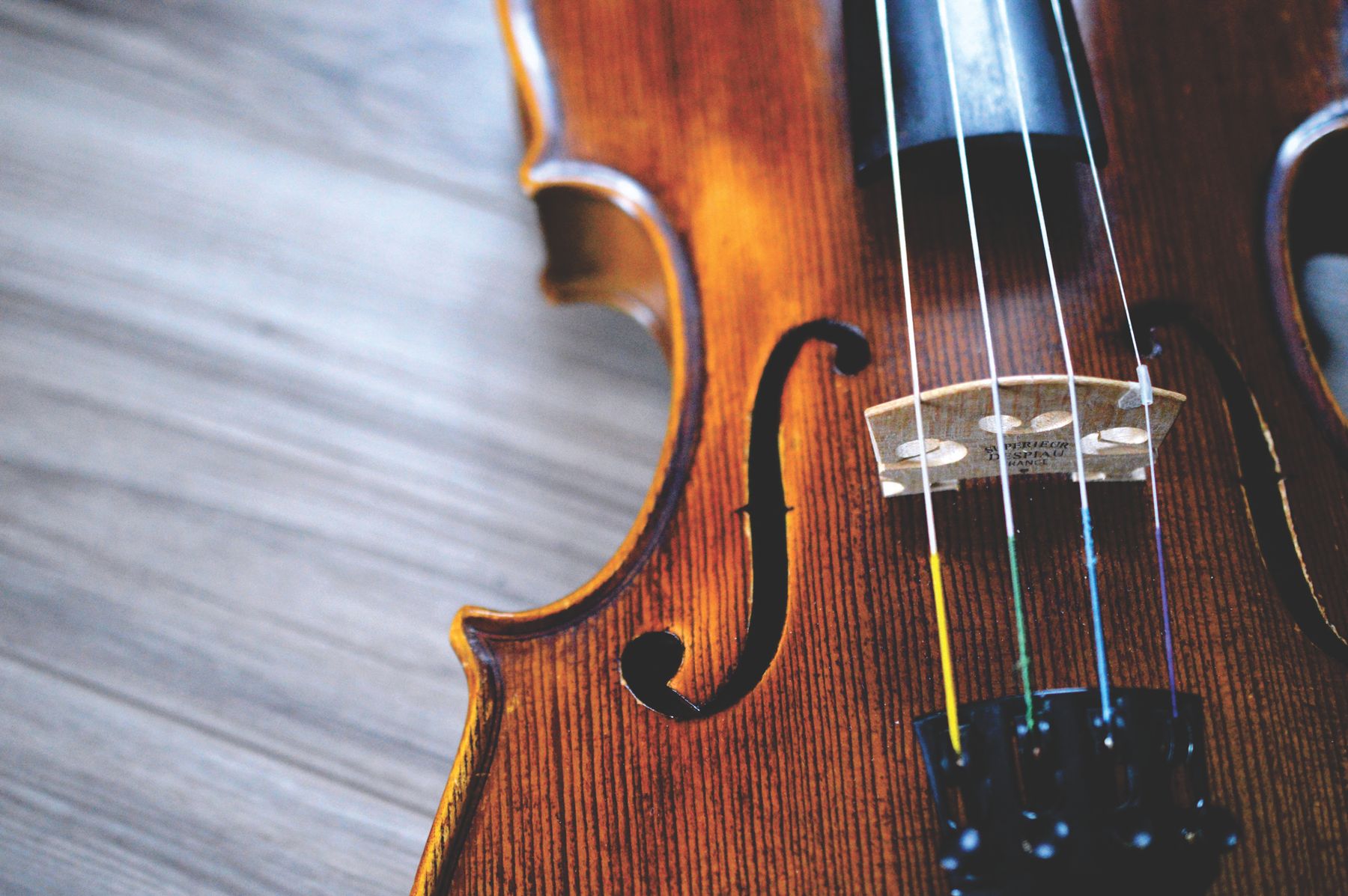-
0:00/2:27
-
0:00/3:14
-
0:00/1:28
-
Brahms Sonata #3 9:010:00/9:01
-
Bach Cello Suite #5 23:450:00/23:45
'Once Upon My Cheek'
'Flight of the Bumblebee'
End of Year Dances
Upcoming Performances
The Road to Independent Practicing
Everyone who responded to a study said that practicing is difficult!
Also, everyone indicated that it is an immensely valuable arena to learn life skills.
Numerous studies keep finding how practicers benefit academically as well as artistically from their instrumental music.
- At first, for the “Twinkler” stage, simply copy the lesson together with your child. (See note taking at lessons) Do this daily as well as you can, creating a routine for practicing and listening according to your household schedule.
- Next, you may learn in lessons with your teacher four ways of practicing: Tonalization, Review, Preview and Repertoire. When it’s time, we will add two more ways to practice: reading and Improvisation.
- Your goal with each new school year is to have practice and listening routines well established in your household. Aim to become productive in each of the categories at home. Your musician will be a new learner every new season, so we try to be "right there" with them as they learn how to learn.
- With your teacher, you start cultivating independance, step by step. You can begin by having your child practice one category on their own for a week. How did that category play out in the lesson? Next, have your child prepare a different category. Later, practice all the categories one day on your own that week. This requires clear, specific notes including numbers of repetitions, and/or a number of minutes for each category. Work with your teacher on this. It’s fine, of course, for you, the parent and practice partner, to be close by, folding laundry, cooking, chopping vegetables, reading the news, etc.
- Have your child begin to use some of the practice techniques in the practice room (See practice techniques below) Over time, we continue to cultivate habits of daily listening and practicing. We continue to support a young player to make appropriate decisions in the practice room. We cultivate the ability to evaluate oneself. You will learn about this in lesson and class time.
YOU CAN PRACTICE ON YOUR OWN IF:
-You can decide to practice at least 5 days a week without being reminded
-You can remember to listen at least 4 days a week without being reminded
-You can tune your cello accurately
-You can use practice techniques other than “Play Through” most of the time
-You can come to your lesson having improved somehow in all the categories
-You can repeat things in the practice room at least 3 times before doing something else
-You can make adjustments in posture, tone, or intonation without helpful support
-You can evaluate what you are doing and what you are hearing.
Which of these skills
would you like to develop this year?
Practice Techniques
Tonalization-
Review-
Preview-
Repertoire-
Reading
Improvisation
Each category invites a different way to practice, to cultivate your whole musicianship
1. Experiment with the “texture” of a practice session…Start with easiest? Hardest? Always aim to end with something satisfying and successful
2. Use your "Tempo of Control" which is the speed at which you can successfully play this spot, phrase, review piece, or reading assignment.
3.Spot Practice- analyze a challenging spot. Repeat it successfully at least 3X
4. Phrase practice: Practice a phrase, a musical "sentence"
5. Section practice: now practice an entire section
******
6. Creative Repetition : Repeat the spot or phrase concentrating on ONE THING. Then evaluate only that one thing. Repeat it again concentrating on a different aspect of your posture, intonation, bow stroke, or tone, evaluating only that one thing you have focussed on.
Ideas for things to Concentrate on:
best intonation; accurate rhythms; making it easy
best intonation of one particular finger; dynamics
ringers; shifting; bow placement; vibrato
bow planning; bow hold; relaxed weight
bow arm; swinging elbows
best tone; Feet planted….etc.
Giving each section a color or a mood
Telling a story with the phrase
*********
7. You can also try:
Starting somewhere other than the beginning
Play the sections of the piece out of order, scrambled
Practice “Backwards” phrase by phrase, or section by section
8. Play something 100X
9. Create a “workout”
10. Listen and Play
Some Advanced practice techniques:
These all require lesson and/or class time, when you’re ready
Technique of the Pie
Cross Training
Revolving Concentration
Technique of “success at any cost”
Architecture of a phrase
*********
